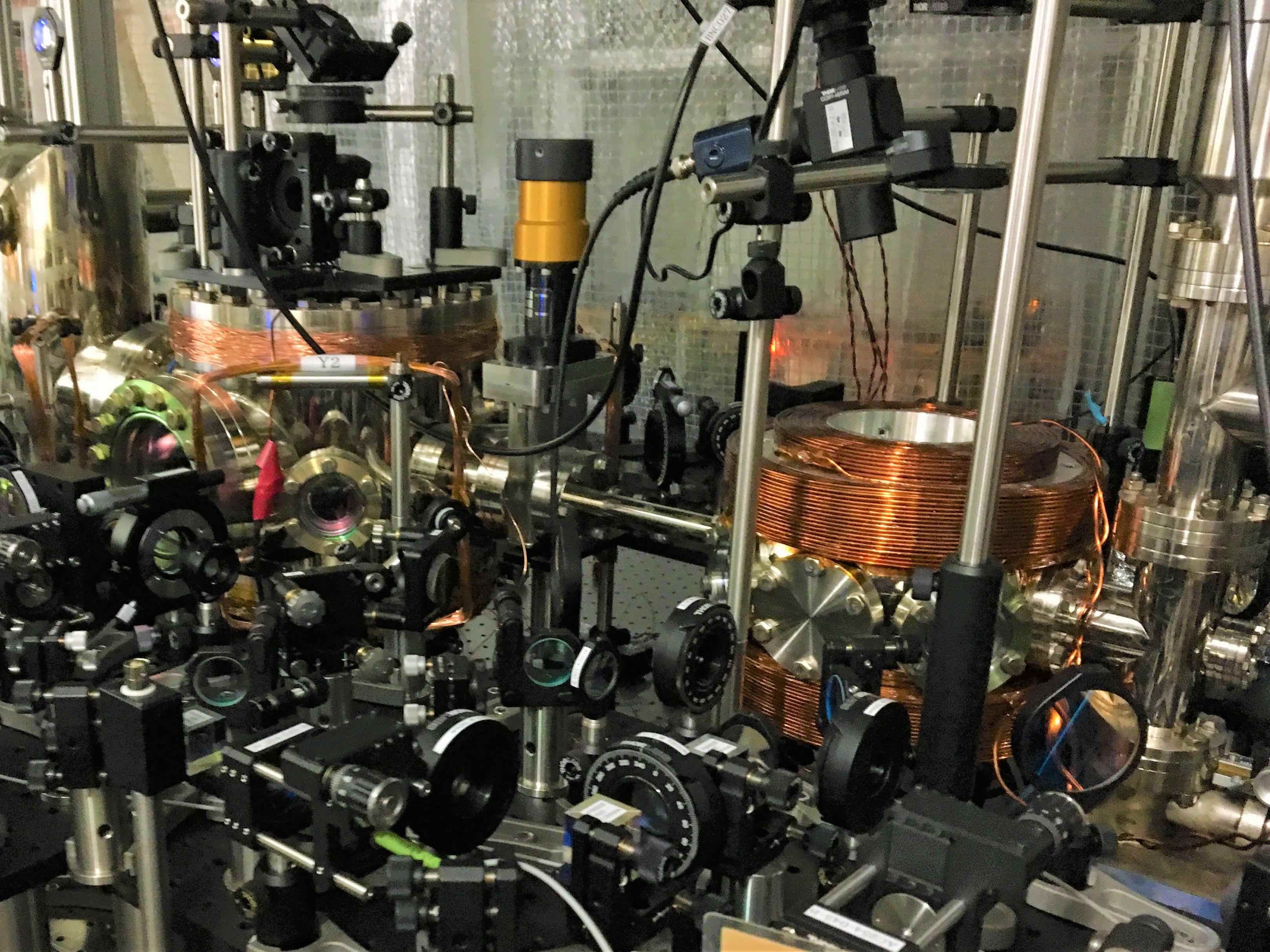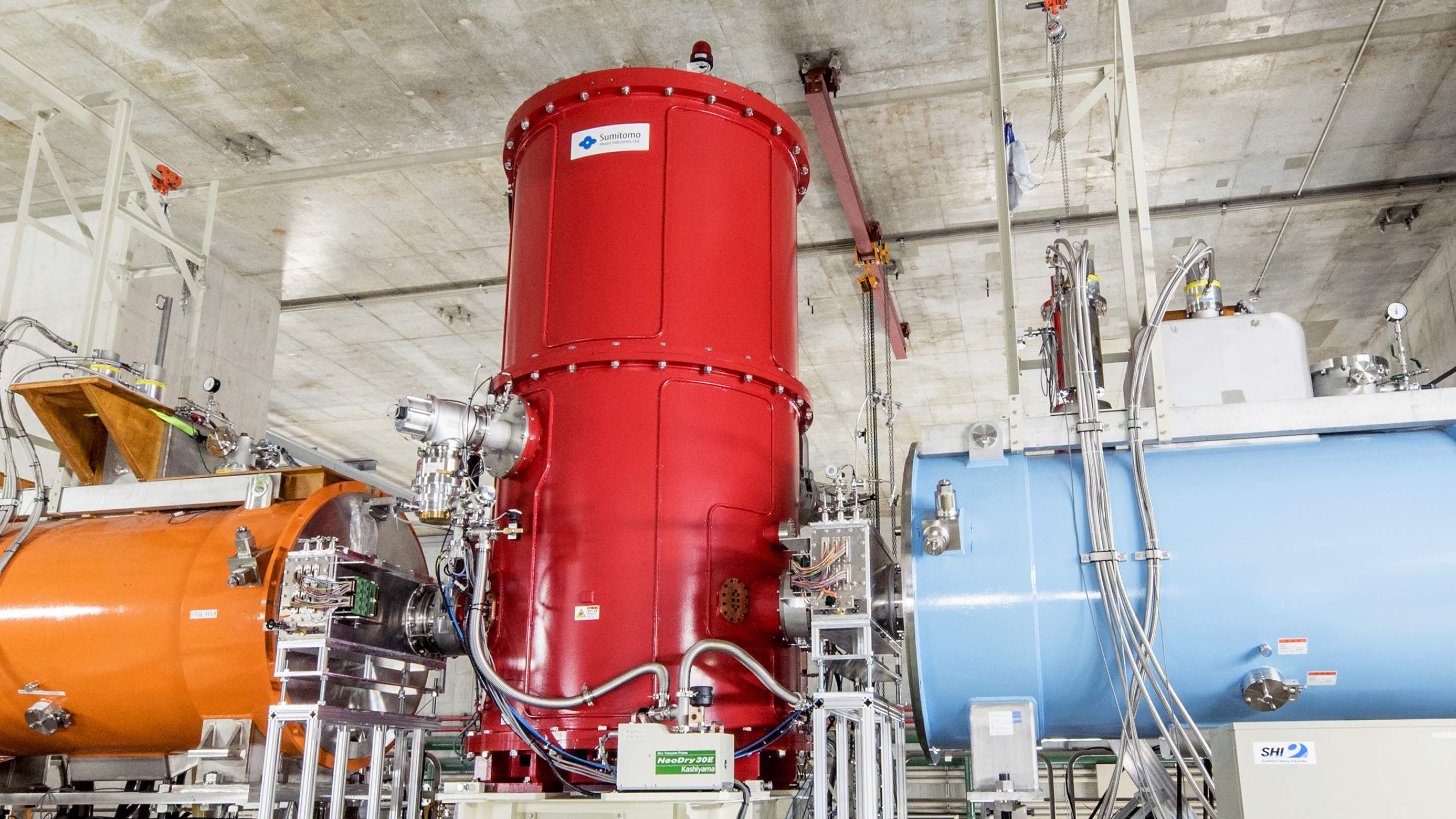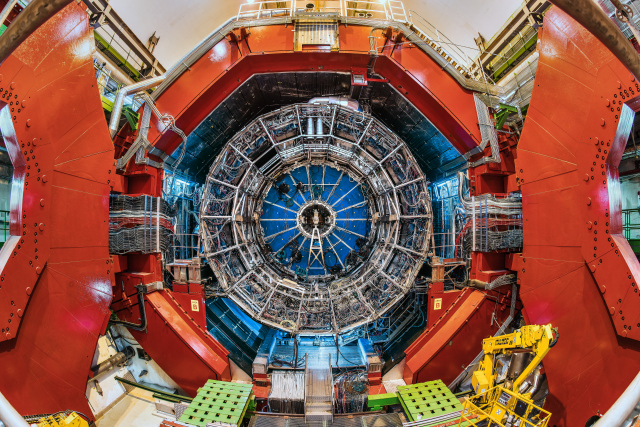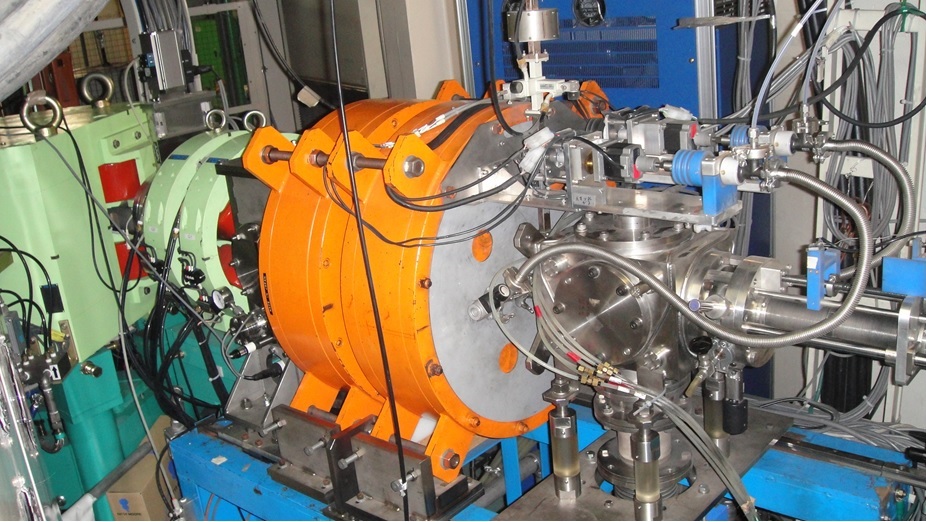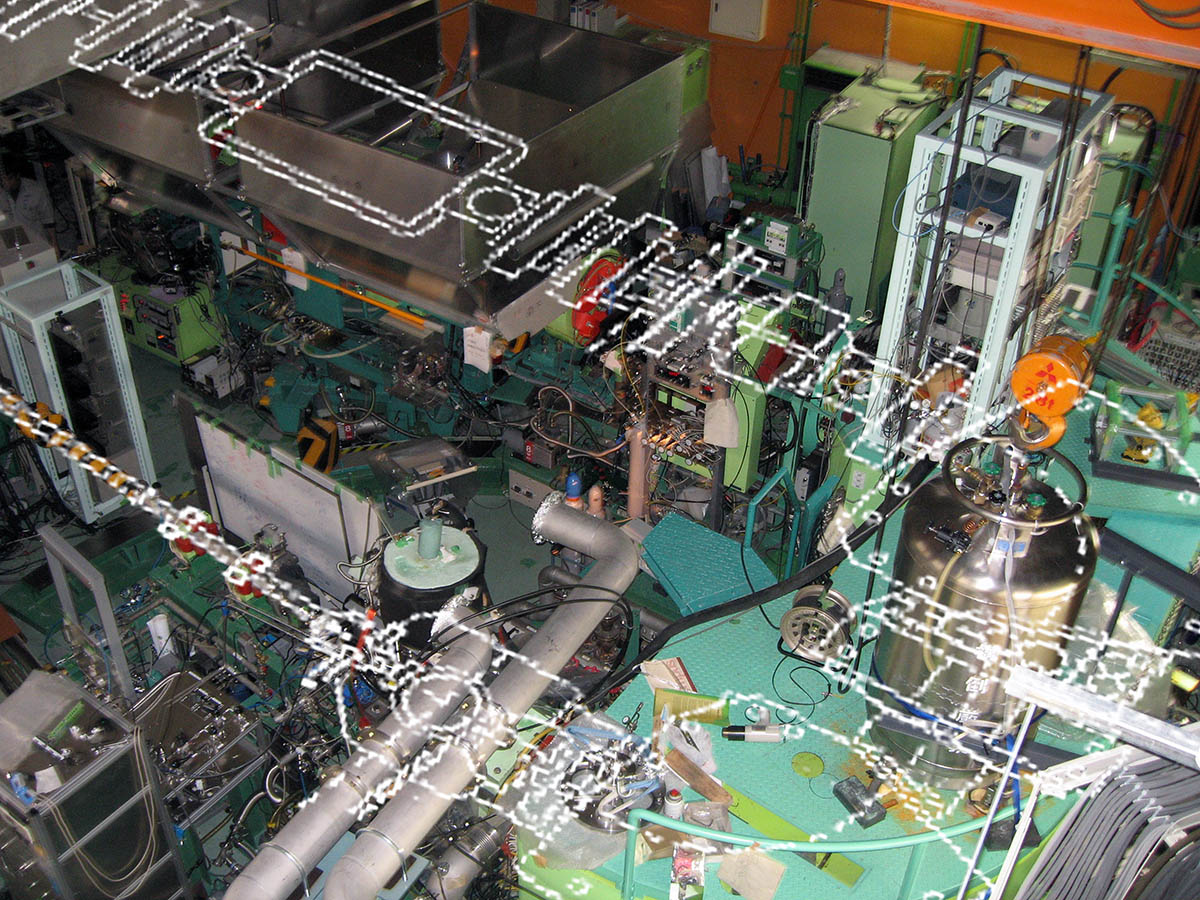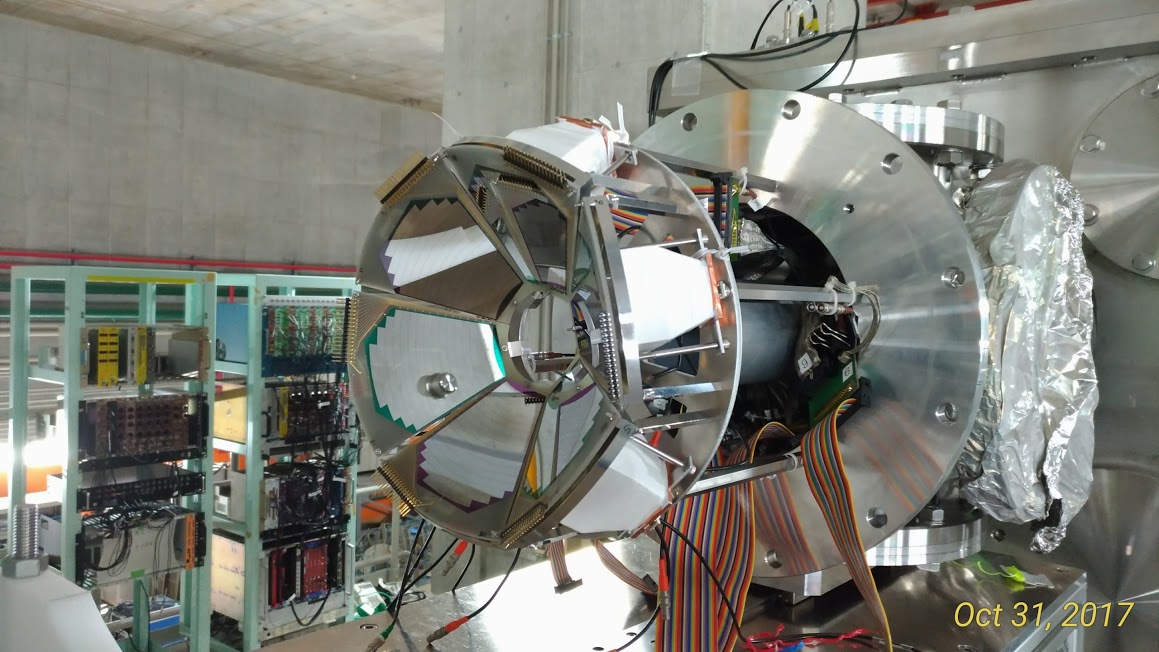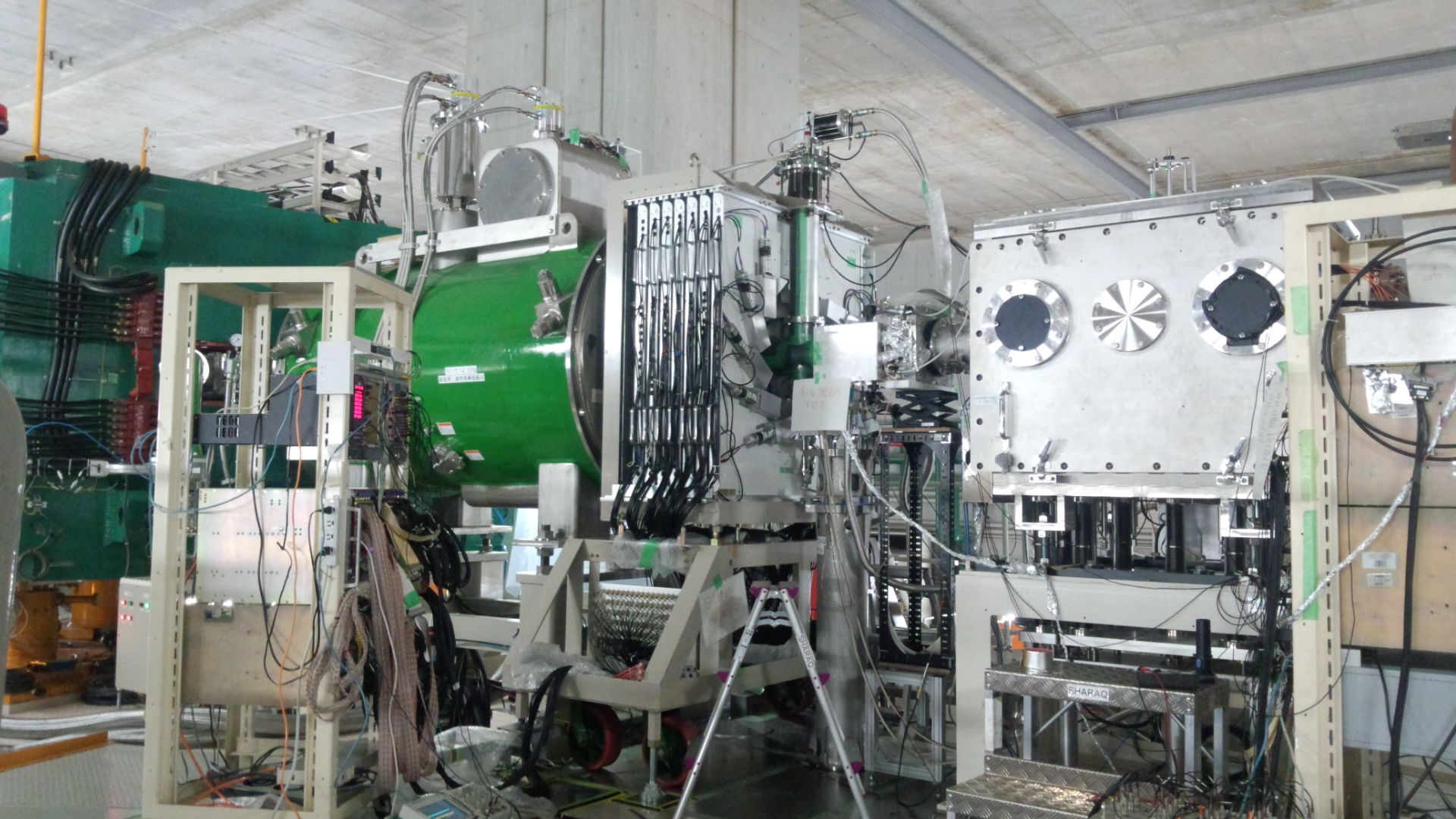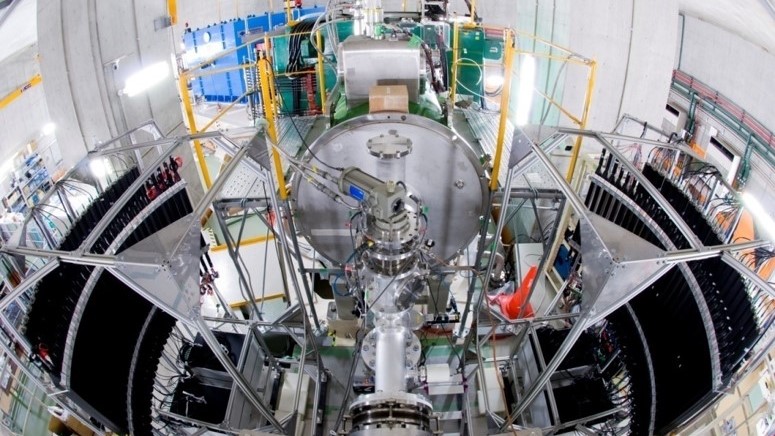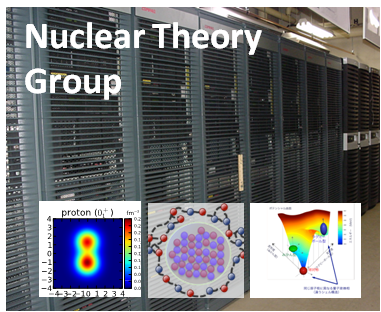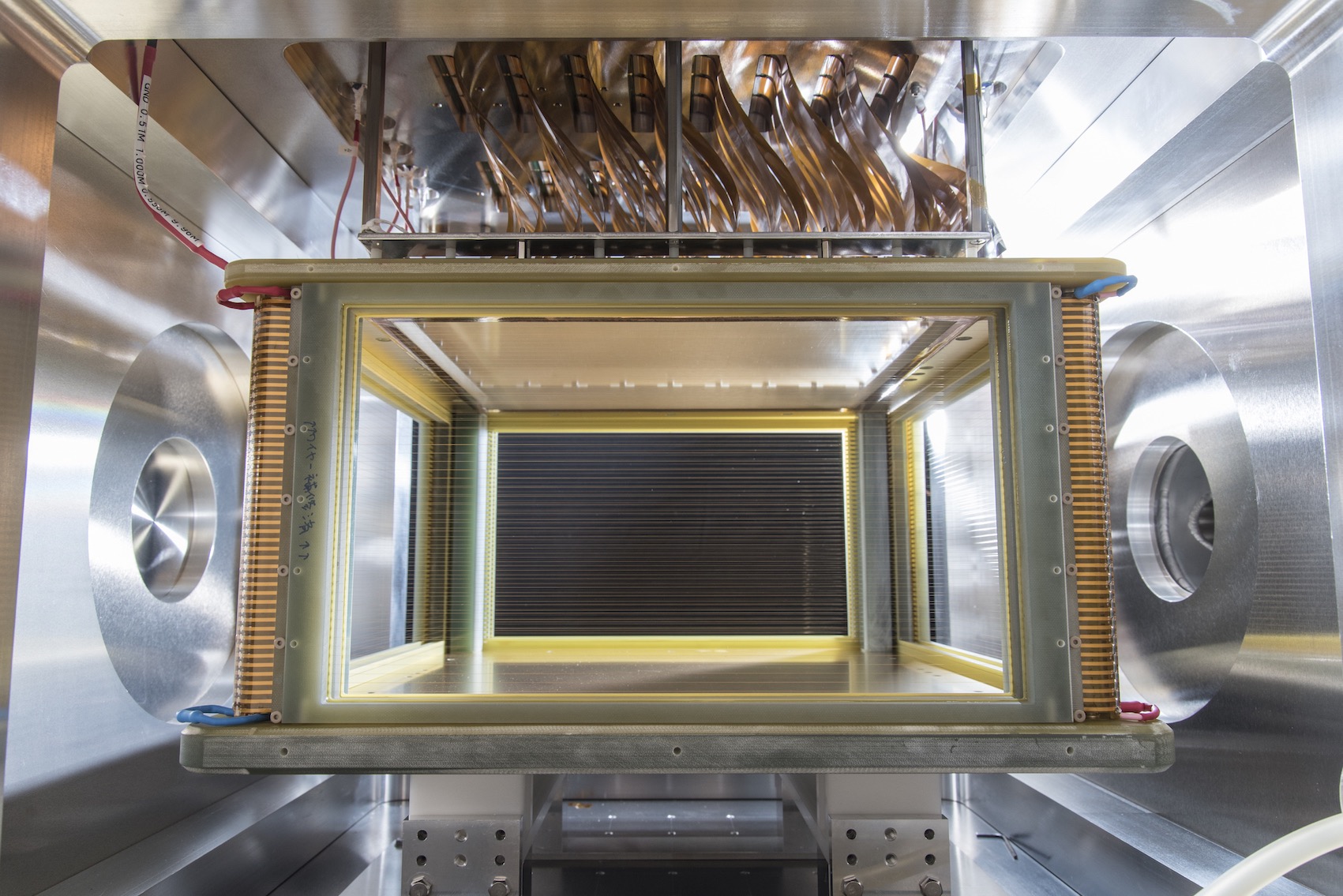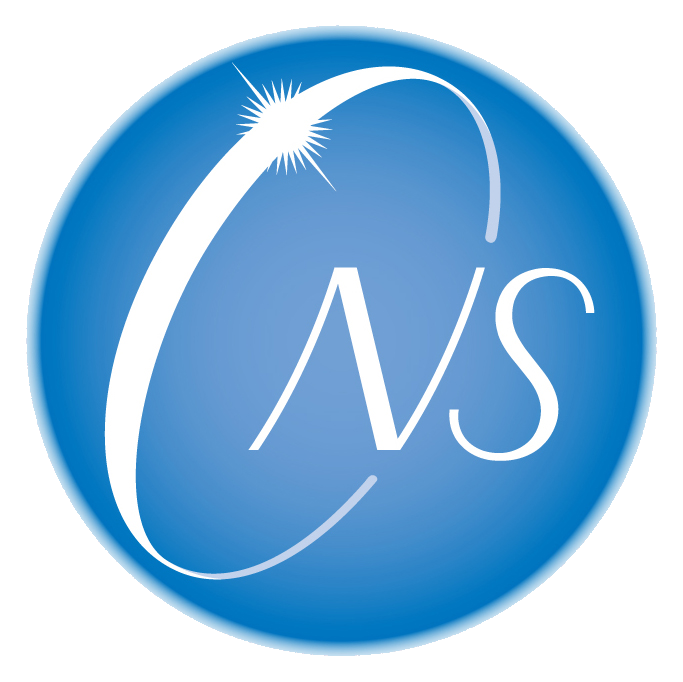2024
CNS Seminar by Prof. Alexander Gerbershagen (Oct16)
Place: RIKEN Nishina-hall (hybrid, zoom)
Date: Oct. 16 (Wed) 10:00(-12:00)
Speaker: Prof. Dr. Alexander Gerbershagen
(Dept. of Radiation Oncology, Univ. Medical Center Groningen, Univ. of Groningen)
Title: PARticle Therapy REsearch Center (PARTREC): From Nuclear Physics to Medicine
Abstract: After 25 years of successful research in the nuclear and radiation physics domain, the KVI-CART research center in Groningen is upgraded and re-established as the PARticle Therapy REsearch Center (PARTREC). Using the superconducting cyclotron AGOR and being embedded within the University Medical Center Groningen, it operates in close collaboration with the Groningen Proton Therapy Center. PARTREC uniquely combines R&D programs on radiation physics, nuclear physics, medical physics, biology and radiotherapy research with the main aim to improve hadron therapy technology and advanced radiation therapy for cancer. A number of further upgrades have established a wide range of irradiation modalities, such as pencil beam scanning, shoot-through with high energy protons and SOBP for protons, helium and carbon ions as well as delivery of spatial fractionation (GRID) and dose rates over 300 Gy/s (FLASH). The presentation summarizes diverse research activities performed at PARTREC and delineates the path from radiobiology to human treatment planning.
CNS Seminar by Prof. Angela Bonaccorso (Mar13)
Place: Nishina-hall (onsite)
Date: Mar. 13 (Wed) 13:00(-14:30)
Speaker: Prof. Angela Bonaccorso (INFN-Pisa)
Title: Phenomenological and ab-initio optical potentials for nucleon-12C scattering
Abstract: Absolute values of neutron knockout cross sections from exotic projectile depend strongly on the optical potentials used to describe the core-target interaction and the neutron-target final state interaction. The strong dependence on other ingredients of the calculations, such as initial state wave function and method used to calculate the cross section have been also discussed at length in the past. Recently C. Hebborn , T.R. Whitehead, A.E. Lovell and F.M. Nunes PRC108.014601.2023 quantified the dependence on the optical potentials by a Bayesian analysis. On the other hand in a recent publication we studied the imaginary part of the nucleon-12C and nucleus-12C optical potential (I. Moumene and A.B, PRC108, 044609 (2023)) with the aim of finding the potentials that would best describe the reaction cross sections and eventually the stripping part of knockout. Now we concentrate on the real part of the n-12C potential and its effects on the elastic scattering angular distribution and total elastic cross sections. An important point to discuss is the method used to normalize the experimental distributions. This is necessary to then describe the diffractive part of knockout.
RIKEN RIBF + CNS Seminar by Prof. Yi-Hua Lam (Feb27)
Place: Nishina Hall, RIKEN Wako Campus
Date: Feb. 27 (Tue) 13:30 - 15:00
Speaker: Prof. Yi-Hua Lam (Institute of Modern Physics, Chinese Academy of Sciences)
Title: Sensitivity of the SAX J1808.4−3658 Photospheric Radius Expansion Bursts to Thermonuclear Reaction-Rate Variations
Abstract: More than half of the discovered Type-I X-ray bursters generate photospheric radius expansion (PRE) bursts. Nevertheless, the PRE bursting mechanism is not adequately understood due to the intricate thermo-hydrodynamics, varying accretion rates and non-constant recurrence times throughout a series of consecutive type-I X-ray bursts (XRBs). A set of PRE-burst models matching with observations are highly desired within the community to understand the burst mechanism and evolution of thermo-hydrodynamics, and to unfold the information embedded in X-ray signals, especially the properties of the accreting neutron star of a low-mass X-ray binary, nucleosynthesis, and burst ash composition. To construct these PRE models, identifying and reducing the uncertainties of important thermonuclear reactions are our prime aims. Here we investigate the sensitivity of PRE-burst models for the SAX J1808.4–3658 X-ray source on the uncertainties in (alpha, p), (alpha, gamma), (p, alpha), and (p, gamma) nuclear reaction rates. The fully self-consistent PRE-burst models consider the mutual influence between changes in extreme astrophysical conditions and changes in nuclear energy generation throughout the evolution of the sequential bursts. These PRE-burst models are instantiated from the state-of-the-art one-dimensional multi-zone thermo-hydrodynamic stellar evolution code, KEPLER. The impacts of all relevant reaction rates of proton-rich isotopes up to around mass 80 are individually studied by scaling up and down the respective reaction rate for a factor of 10. We identify and present a number of uncertain reaction rates that significantly influence the reproduction of observables (i.e., burst light curves, fluences, and recurrence times) and the prediction of burst ashes. The PRE-burst model is more sensitive to the change of reaction rates compared to all previous sensitivity studies. Moreover, this is the first XRB sensitivity study based on direct comparison with observations. In this talk, I will present the sensitivity-study results, deepening our understanding of the nuclear processes that shape observables of PRE bursts, and serving as a guidance for future nuclear astrophysics to reduce nuclear uncertainties in PRE models.
2023
CNS + RNC RHIC Phys Res Lab Seminar by Dr. H. Otono (Sep15)
Place: Nishina Hall, RIKEN Wako Campus + hybrid
Date: Sep. 15 (Fri) 14:00 - 15:30
Speaker: Dr. Hidetoshi Otono (Kyushu Univ., Research Center for Advanced Particle Physics)
Title: First results from the FASER experiment at the LHC and prospect toward Forward Physics Facility in HL-LHC era Abstract:FASER, the ForwArd Search ExpeRiment, is an LHC experiment located 480 m downstream of the ATLAS interaction point along the beam collision axis. One of the major purposes of FASER is to detect and study TeV-energy neutrinos produced in the proton-proton collision at the LHC.
TeV-energy neutrinos will be sensitive to the very forward production of light hadrons and charmed mesons, providing access to both the very low-x and the very high-x regions of the colliding protons. The former regime is sensitive to novel QCD production mechanisms, such as BFKL effects and non-linear dynamics, as well as the gluon parton distribution function (PDF) down to x ∼ 10−7, well beyond the coverage of other experiments and providing key inputs for astroparticle physics. The latter regime provides information on open questions relating to the high-x PDFs, and in particular intrinsic charm. In addition, the FPF acts as a neutrino-induced deep-inelastic scattering (DIS) experiment with TeV-scale neutrino beams. The resulting measurements of neutrino DIS structure functions represent a valuable handle on the partonic structure of nucleons and nuclei, particularly their quark flavour separation, that is fully complementary to the charged-lepton DIS measurements expected at the upcoming Electron-Ion Collider (EIC).
FASER has been taking collision data since the start of LHC Run3 in July 2022. This talk will focus on giving an overview of the FASER detector and will also present our first physics results using a dataset collected in 2022, where we were the first to directly observe neutrino interactions at a particle collider experiment [1]. Toward the HL-LHC (High-Luminosity LHC) era from 2029, a new dedicated experimental cavern called Forward hysics Facility has been proposed, which is also discussed [2].
[1] https://journals.aps.org/prl/abstract/10.1103/PhysRevLett.131.031801
[2] https://iopscience.iop.org/article/10.1088/1361-6471/ac865e
Changed: CNS Seminar by Prof. K. Nomura (Jun16)
Place: Nishina Hall, RIKEN Wako Campus + hybrid https://u-tokyo-ac-jp.zoom.us/meeting/register/tZUlfuGvpjIvE9Y_uZ2gESEGCXpdhy9M3Aa7
Date: Jun. 15 (Fri) 15:30 - 17:00
Speaker: Prof. Kosuke Nomura (Hokkaido)
Title: Microscopic description of octupole collective excitations
Abstract: Octupole deformations and related collective excitations are studied using the framework of nuclear density functional theory. Axially-symmetric quadrupole-octupole constrained self-consistent mean-field (SCMF) calculations with a choice of universal energy density functional are performed for those nuclei such as light actinides, Xe, Ba, Ce, and Nd isotopes from proton-rich to neutron-rich sides, and neutron-rich Ge, Se, and Kr, in which enhanced octupole correlations are expected to occur. Low-energy positive- and negative-parity spectra and transition strengths are computed in terms of the interacting boson model, with the parameters determined by the constrained SCMF calculations. Octupole-deformed equilibrium states are found in the potential energy surfaces of the nuclei in the regions corresponding to the neutron or/and proton numbers equal to 34, 56, 88, and 134. The evolution of the calculated spectroscopic properties indicate the onset of octupole deformation and exhibit signatures of octupole shape-phase transitions around these nucleon numbers.
2020
東大理学部高校生のための冬休み講座2020
2020年12月26日 (土) 13:00- 12月27日 (日)終日に 行われる東大理学部 高校生のための冬休み講座2020 Online に今井准教授が講義を行います。 興味がある方は、以下のリンク先で登録をお願いします。 https://www.s.u-tokyo.ac.jp/ja/event/7093/
CNS Seminar 2020/08/07 Dr. S. Koyama
Place: online
Date: Aug. 07 (Fri) 13:30 - 14:30 * The talk will be given in English. *
Speaker: Dr. Shumpei Koyama (CNS)
Title : Spectroscopy of resonance states in light proton-rich nuclei via missing mass method
contact: Ken Yako
CNS Seminar 2020/07/29 Dr. N. Kitamura
Place: online
Date: Jul. 29 (Wed) 13:30 - 14:30 * The talk will be given in English. *
Speaker: Dr. Noritaka Kitamura (CNS)
Title : In-beam spectroscopy of 30Mg: structural evolution approaching the island of inversion
Abstract : In the island of inversion, ground states of neutron-rich nuclei around 32Mg exhibit strong admixtures of fp-shell intruder contributions. The nucleus 30Mg is located at the border of the island of inversion, and its nuclear structure serves as a cornerstone to track the structural evolution as one approaches the heart of the island, namely 32Mg. In the present work, the structure of 30Mg was studied by detailed in-beam gamma-ray spectroscopy, primarily focusing on firm spin-parity assignments for excited states. The experiment was performed at the National Superconducting Cyclotron Laboratory at Michigan State University. States in 30Mg were populated via nucleon removal reactions. Gamma rays were detected using the state-of-the-art gamma-ray tracking array GRETINA in coincidence with the residual 30Mg, allowing for the construction of an updated level scheme. The experimental results were confronted with large-scale shell-model calculations, providing further insight into the transition into the island of inversion. In this talk, the results and their interpretations will be presented. A new in-beam measurement of 32Mg will also be discussed briefly.
contact: Ken Yako
CNSサマースクール
原子核科学研究センターは2002年より毎年夏に、国際サマースクールを主催してきました。 国際的に著名な講師を海外から招聘し、また中国、韓国、ベトナムからの20名の参加者を 含む約100名が参加しています。
- 2021年 A3F-CNSSS21
- 2020年 A3F-CNSSS20
- 2019年 CNSSS19
- 2018年 CNSSS18
- 2017年 CNSSS17
- 2016年 CNSSS16
- 2015年 CNSSS15
- 2014年 CNSSS14
- 2013年 CNSSS13
- 2012年 CNS-EFES12
- 2011年 CNS-EFES11
- 2010年 CNS-EFES10
- 2009年 CNS-EFES09
- 2008年 CNS-EFES08
- 2007年 CISS7
- 2006年 CISS6
- 2005年 CISS5
- 2004年 CISS4
- 2003年 CISS3
- 2002年 CISS2
2020-02-03
CNS + RIBF NP seminar by Prof. Muhsin Harakeh at RIBF Hall from 15:00.
